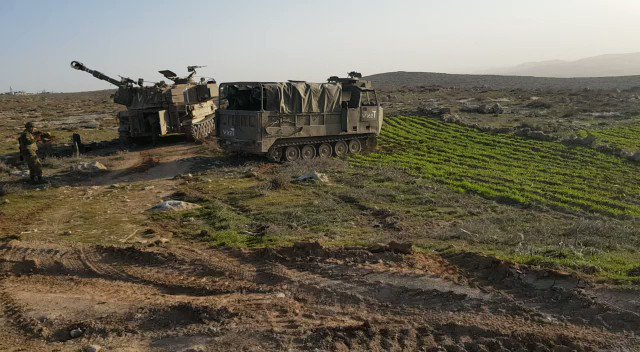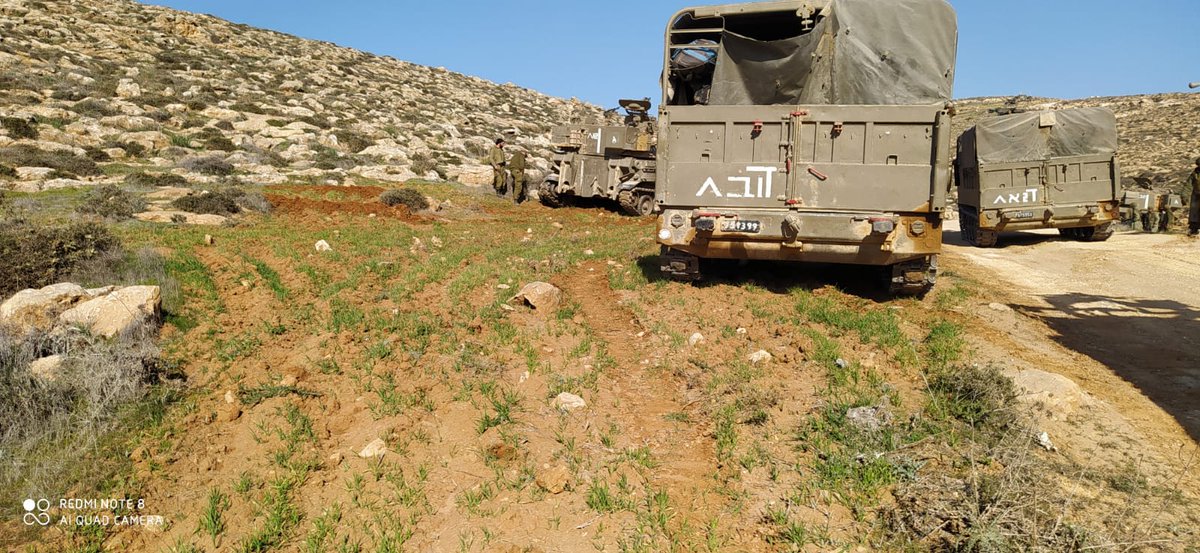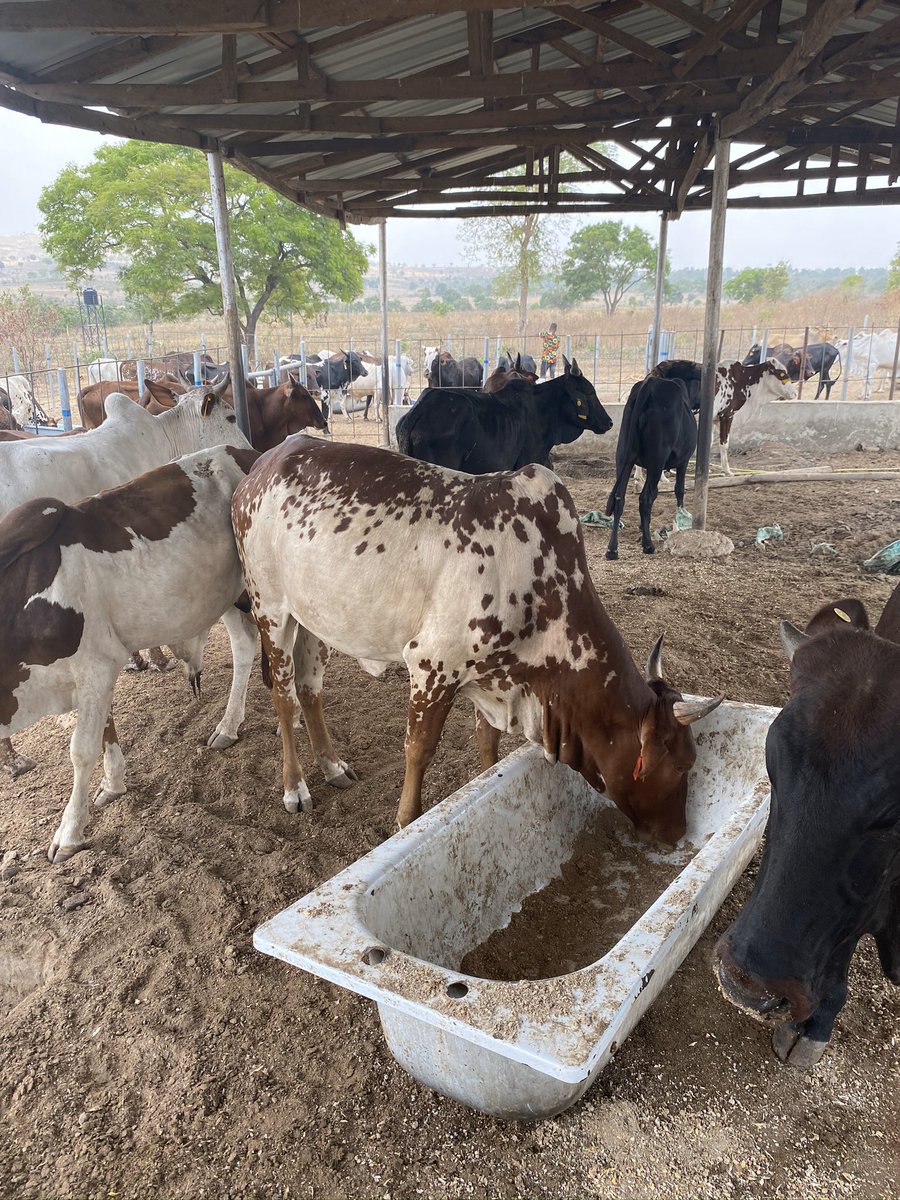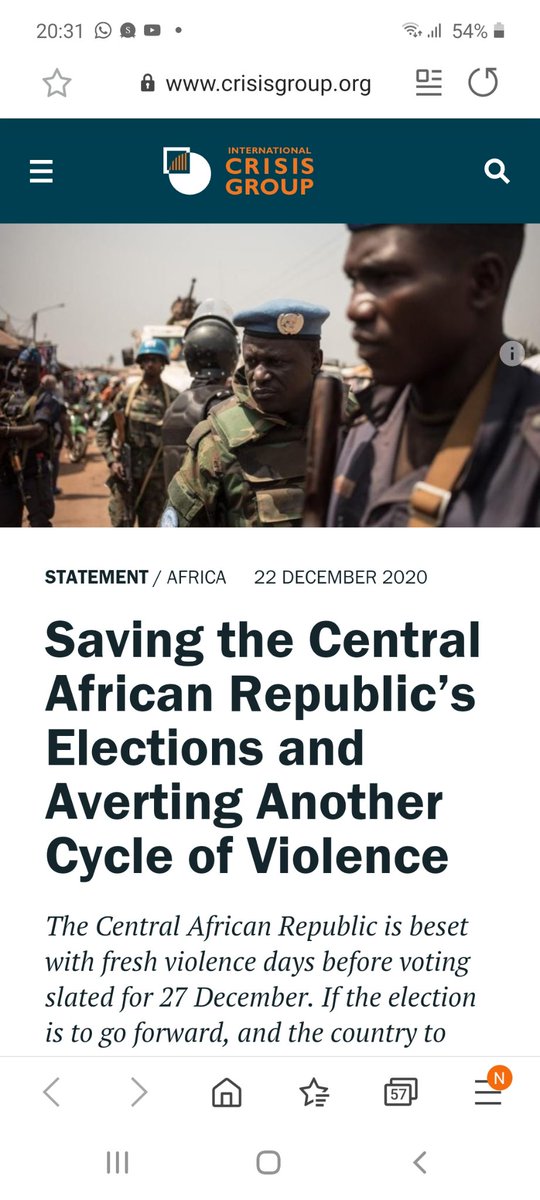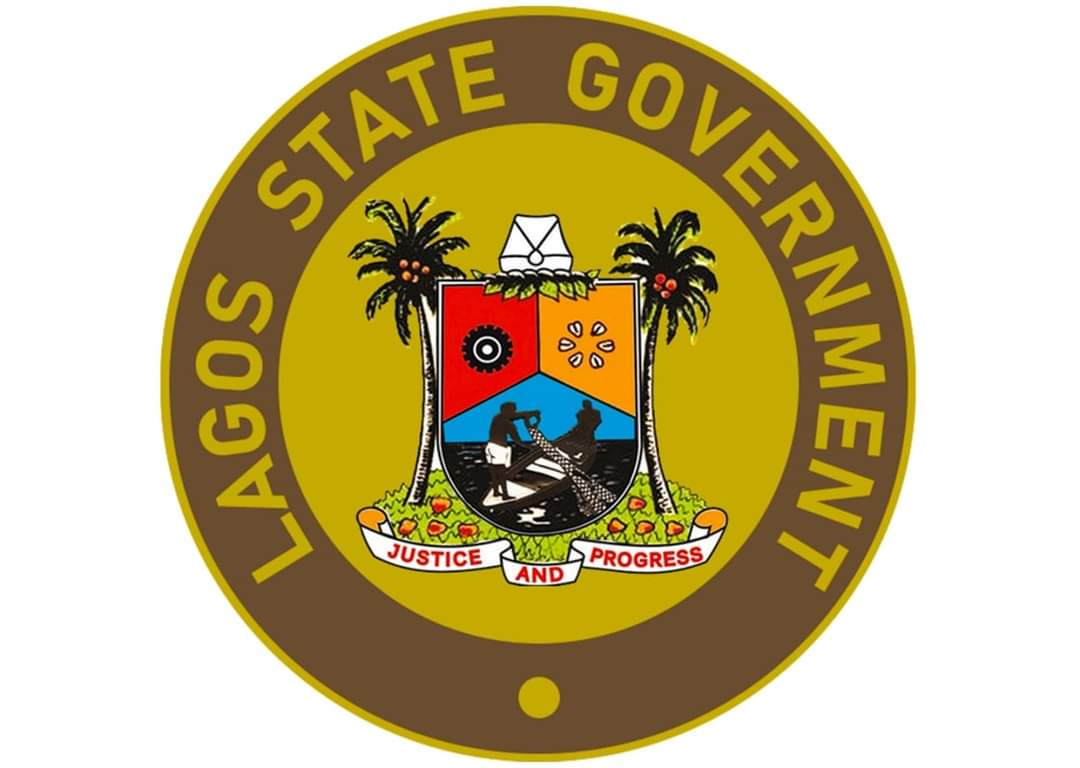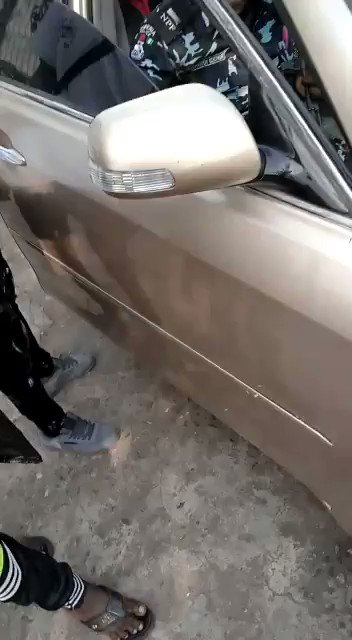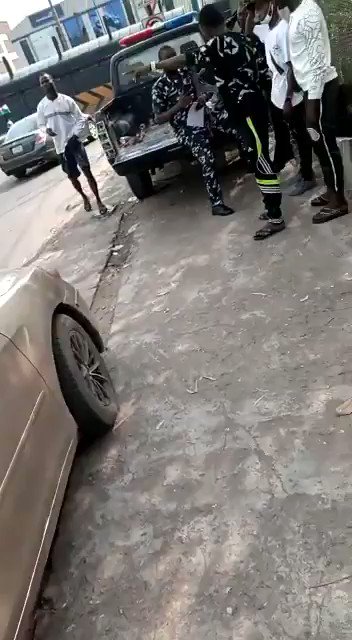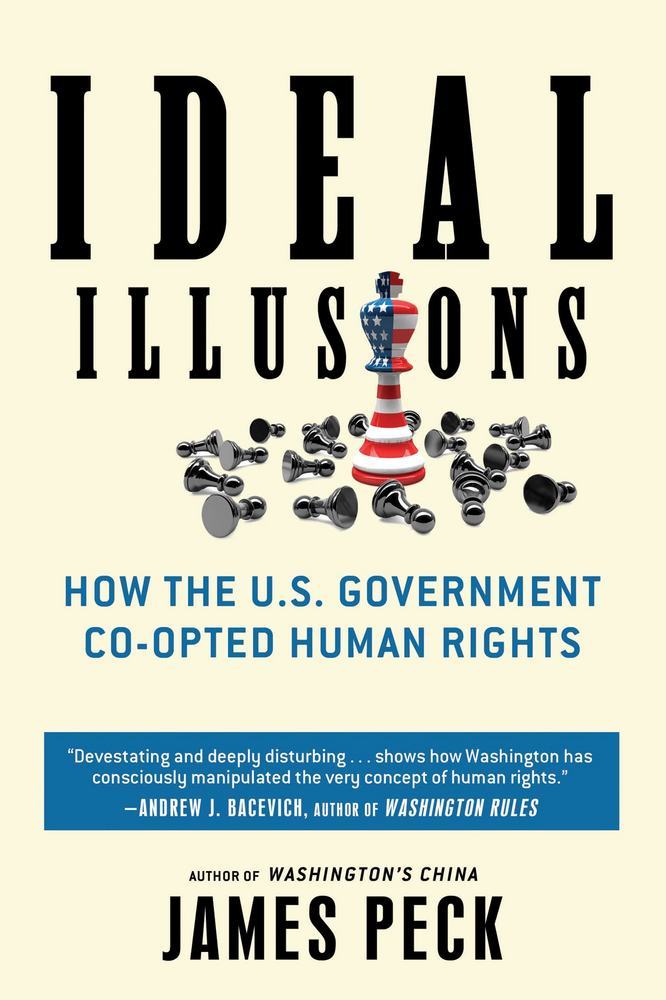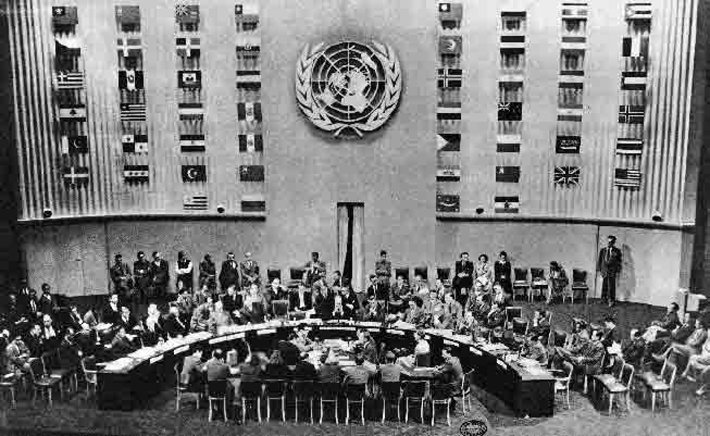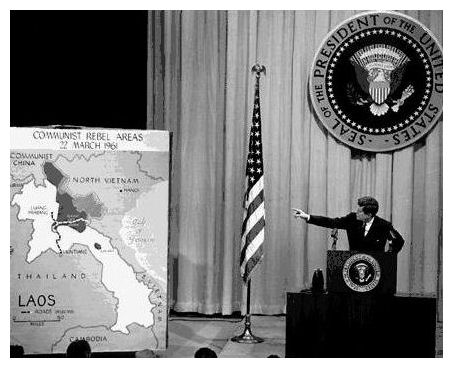Mollyycolllinss Categories World
7 days
30 days
All time
Recent
Popular
Thread: In the early hours of yesterday morning (22nd Jan. 2021) #Syria|n State Media confirmed that SAA Air Defense was engaging "hostile targets" over Syria. The early reports indicated multiple explosions across Damascus, Hama, Tartus and Safita region.
This appeared at the time to be a rather large, wide scale airstrike. After the event was over questions begun to be raised by a lot of observers focusing on Syria and the ME about the event. Latter that day news started to circulate confirming that Unknown Missile pieces had...
been found in #Jordan and near Al-Qadmus, #Syria, a wide area, later in the day, S-200 pieces near Damascus were found and also a Pantsir-S1 booster near Masyaf. It was weird, and I know I wasn't the only one that was thinking it was odd for all this AD to be "all over the place"
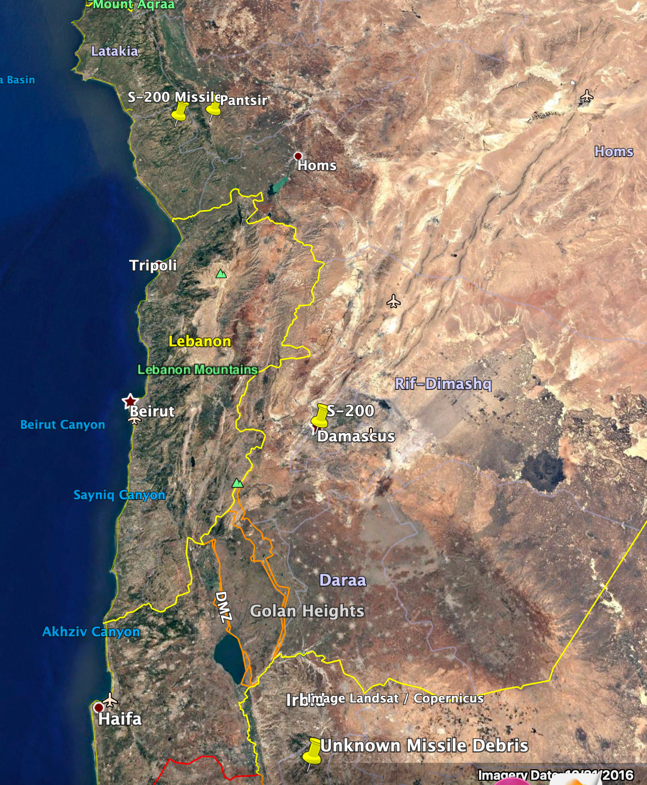
nothing was confirmed. As always I started several discussions with people I trust/sources who have some knowledge in certain things I don't have first hand, after a lot of back/forth and with the horrible news that civilians were killed in this strike (I'll come back to this)
in Kazo, Hama this would be the main AOI, at least we could confirm something had happened. Images begun to circulate regards to the remains of some munition, noted as a GBU39 SDB (Small Diameter Bomb). The #IDF has an array of munition it can use.
This appeared at the time to be a rather large, wide scale airstrike. After the event was over questions begun to be raised by a lot of observers focusing on Syria and the ME about the event. Latter that day news started to circulate confirming that Unknown Missile pieces had...
been found in #Jordan and near Al-Qadmus, #Syria, a wide area, later in the day, S-200 pieces near Damascus were found and also a Pantsir-S1 booster near Masyaf. It was weird, and I know I wasn't the only one that was thinking it was odd for all this AD to be "all over the place"

nothing was confirmed. As always I started several discussions with people I trust/sources who have some knowledge in certain things I don't have first hand, after a lot of back/forth and with the horrible news that civilians were killed in this strike (I'll come back to this)
in Kazo, Hama this would be the main AOI, at least we could confirm something had happened. Images begun to circulate regards to the remains of some munition, noted as a GBU39 SDB (Small Diameter Bomb). The #IDF has an array of munition it can use.
A US-made GBU-39 SDB fired by the Israeli Air Force was apparently what killed an entire family in Hama this morning. Photo on the left from an older Israeli strike on Syria. pic.twitter.com/B1UD3BgEKY
— Within Syria (@WithinSyriaBlog) January 22, 2021
Tuvans in Xinjiang
Thread
Tuvans in PRC live in Altay prefecture, northern Xinjiang. Considered part of Uriankhai tribes, in China classified as same group with Oirat Mongols, educated in Mongolian language, using Kazakh language too.
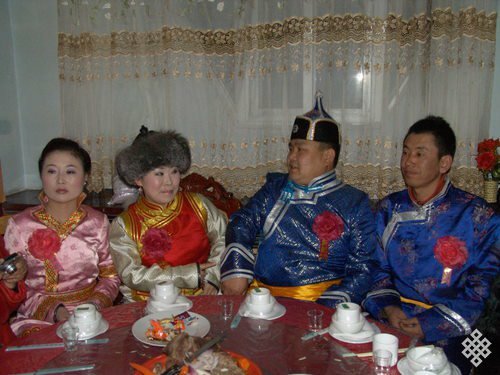
They speak native dialects in their homes/family. Basically a transborder identity group, divided between modern Russian Tuva, Mongolia and China. Main group lives in three Tuvan villages: Hemu (Kom), Ak Haba, Kanas.
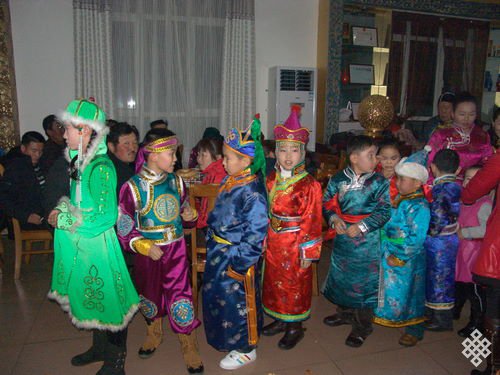
Pretty typical for Xinjiang, Tuvans have own cuisine but mix it with other culinary traditions. E.g. Hui, Uyghur, Chinese. They used to be hunters but hunting and carrying guns prohibited now. Traditionally horse herders, less sheep herding.
Also reside in few other smaller villages and cities such as Burqin, Altay, Bethun. Self name varies: Monchak, Gok-Monchak, Altay Tuvasy, Tyva. Around 2500 ppl (maybe diff. now, I take data from research 2010-2017).
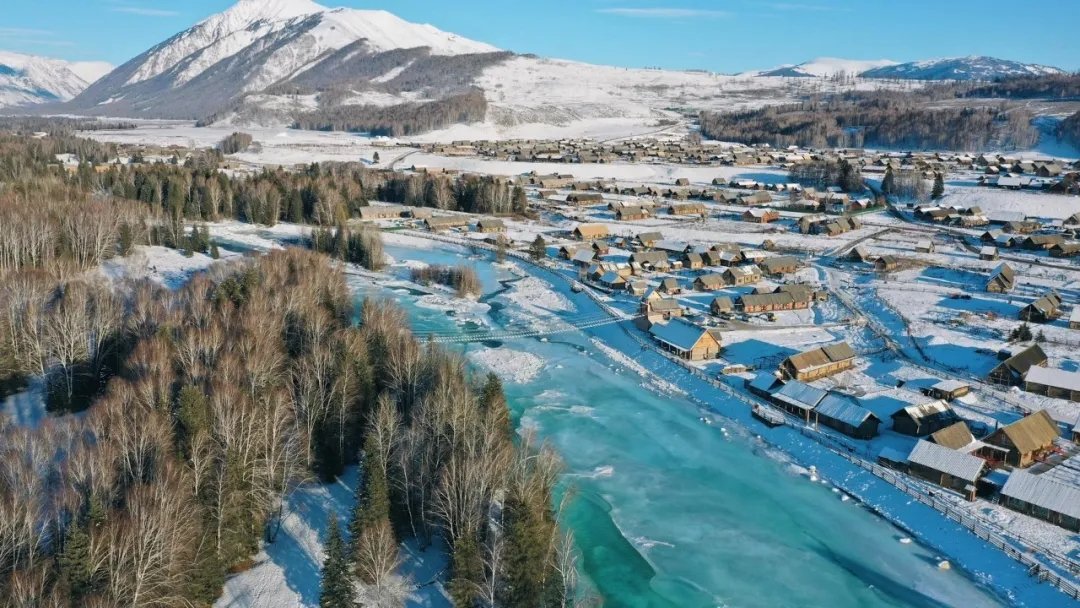
Thread
Road to Hemu village, which is a major tourist site in Chinese Altay, northern Xinjiang. Hemu is one of the Tuvan ethnic villages.
— Timppa Karjalainen (@TimppaKarjalai1) January 11, 2021
Damn pandemic. I'd be travelling twice a year to XJ if not the cursed virus. pic.twitter.com/GvNozILRnH
Tuvans in PRC live in Altay prefecture, northern Xinjiang. Considered part of Uriankhai tribes, in China classified as same group with Oirat Mongols, educated in Mongolian language, using Kazakh language too.

They speak native dialects in their homes/family. Basically a transborder identity group, divided between modern Russian Tuva, Mongolia and China. Main group lives in three Tuvan villages: Hemu (Kom), Ak Haba, Kanas.

Pretty typical for Xinjiang, Tuvans have own cuisine but mix it with other culinary traditions. E.g. Hui, Uyghur, Chinese. They used to be hunters but hunting and carrying guns prohibited now. Traditionally horse herders, less sheep herding.
Also reside in few other smaller villages and cities such as Burqin, Altay, Bethun. Self name varies: Monchak, Gok-Monchak, Altay Tuvasy, Tyva. Around 2500 ppl (maybe diff. now, I take data from research 2010-2017).

In talking about 20th-Century Irish history, we should probably avoid sharp distinctions between Church, State, and Society, as though these were discrete entities, rather than things so organically interwoven that they were more or less expressions of the one thing.
The Republican movement piggybacked on the Church to win mass support for independence, say, while both Cosgrave and de Valera deliberately courted Catholic votes; in the privacy of their polling booths, Irish voters, overwhelmingly voted for socially conservative parties. /2
The Oireachtas and county councils etc were elected and staffed by ordinary Irish people, not people who landed from outer space or England or Rome, with ordinary Irish families and neighbours, and it was these who mandated, owned, funded, supervised, and supplied the homes. /3
As for clergy and religious, the country was full of seminaries and religious houses of formation; Ireland was basically a factory for priests, brothers, and nuns, all of whom were members of ordinary Irish families, and formed by the Irish values of the time. /4
Given how many homes had clergy and religious in the family, could anyone really hold that these were somehow separate? Yes, maybe your aunt was a 'good nun', or your uncle was a 'nice priest', but either way the point stands that they were ordinary Irish people. /5
The Mother and Baby Homes report looks right to say Irish society at large was to blame, and it\u2019s clear from the summary that Ireland\u2019s civic and political institutions, which demanded the homes, were fully clued in on how harsh and even lethal the homes were. But... 1/3
— Greg Daly (@GregDalyIC) January 13, 2021
The Republican movement piggybacked on the Church to win mass support for independence, say, while both Cosgrave and de Valera deliberately courted Catholic votes; in the privacy of their polling booths, Irish voters, overwhelmingly voted for socially conservative parties. /2
The Oireachtas and county councils etc were elected and staffed by ordinary Irish people, not people who landed from outer space or England or Rome, with ordinary Irish families and neighbours, and it was these who mandated, owned, funded, supervised, and supplied the homes. /3
As for clergy and religious, the country was full of seminaries and religious houses of formation; Ireland was basically a factory for priests, brothers, and nuns, all of whom were members of ordinary Irish families, and formed by the Irish values of the time. /4
Given how many homes had clergy and religious in the family, could anyone really hold that these were somehow separate? Yes, maybe your aunt was a 'good nun', or your uncle was a 'nice priest', but either way the point stands that they were ordinary Irish people. /5



